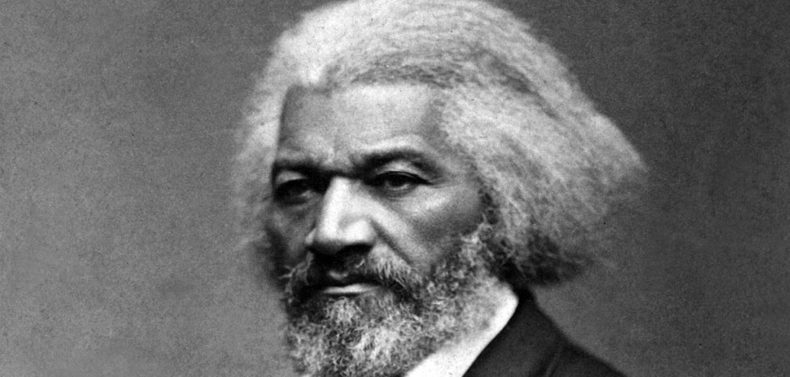February is the shortest month of the year, but it is also the most appropriate time to celebrate Black History Month. February is filled with dates that remind all citizens of the struggles of African Americans over more than 400 years of this nation’s history. Black History Month traces its roots back to 1926, when educator Carter Woodson led the campaign for “Negro History Week” every February because the martyred President Abraham Lincoln and pioneering civil rights leader Frederick Douglass both were born in February.
In the decades since the observance began, the month of February has become an even more appropriate time to celebrate African-American history. The exact birthdate of Frederick Douglass is unknown, but he said Feb. 14, 1817 or 1818. Douglass went from slave to respected orator, author, activist and slavery abolitionist before his death in 1895. His words still resonate today. “Find out what any people will quietly submit to,” said Douglass, “and you have the exact measure of the injustice and wrong which will be imposed on them.” Douglass was a Black American who fought for the rights of all men and women. “I am for any movement whenever there is a good cause to promote, a right to assert, a chain to be broken, a burden to be removed or a wrong to be redressed,” he said.
If Douglass was the father of the American civil rights movement, Rosa Parks certainly lived up to her sobriquet as “the mother of the movement.” Born on Feb. 4, 1913, she was arrested for defying Jim Crow segregation aboard city buses in Montgomery, AL in 1955. Her act of civil disobedience sparked a year-long bus boycott by Black citizens of the city. It is appropriate that Rosa Parks was born in February, when Black history is celebrated, because her challenge to racial injustice brought the eyes of the nation onto the segregated South and introduced a young Montgomery minister named Martin Luther King Jr. onto this nation’s political stage. Parks died in 2005, but statues of her, Douglass and King can be seen today by visitors to the U.S. Capitol. “I want to be remembered as a person who stood up to injustice,” she said nearly 40 years after the 1955 Montgomery bus boycott.
Born on Feb. 21, 1940, John Lewis was a major contributor to African-American history. Beaten by mobs and police in Alabama during the civil rights struggles of the 1960s, Lewis said, “I went to jail 40 times to help make our country a better place.” He went on to become what the Atlanta Journal-Constitution called “the conscience of the Congress” during his years as a U.S. representative from Georgia. Speaking at the Athens Human Rights Festival in 2003, Lewis reminded his College Square audience, “We all live in one house. We are one people. We are one family. Our forefathers and foremothers all came to this great land in different ships, but we are all in the same boat now.” John Lewis made his mark on history before his death in 2020.
An often forgotten tragedy in African-American history was the Orangeburg Massacre of Feb. 8, 1968, when police in South Carolina killed three protesters and wounded 28 others on the campus of South Carolina State University during demonstrations against segregation at the town’s bowling alley. The killings and woundings of Black protesters in South Carolina came more than two years before the infamous killings of white students during anti-war protests on the campus of Kent State University in Ohio in 1970, but the victims of the Orangeburg Massacre are little remembered today—unlike the “four dead in Ohio” at Kent State.
Today politicians like Florida Gov. Ron DeSantis are railing against teaching African-American history and “critical race theory,” but Black history is part of the whole history of America. Black poet Maya Angelou saw that the fabric of American history is woven together with threads of many colors when she asked, “Won’t it be wonderful when Black history and Native American history and Jewish history is taught from just one book, just U.S. history.”
Like what you just read? Support Flagpole by making a donation today. Every dollar you give helps fund our ongoing mission to provide Athens with quality, independent journalism.










